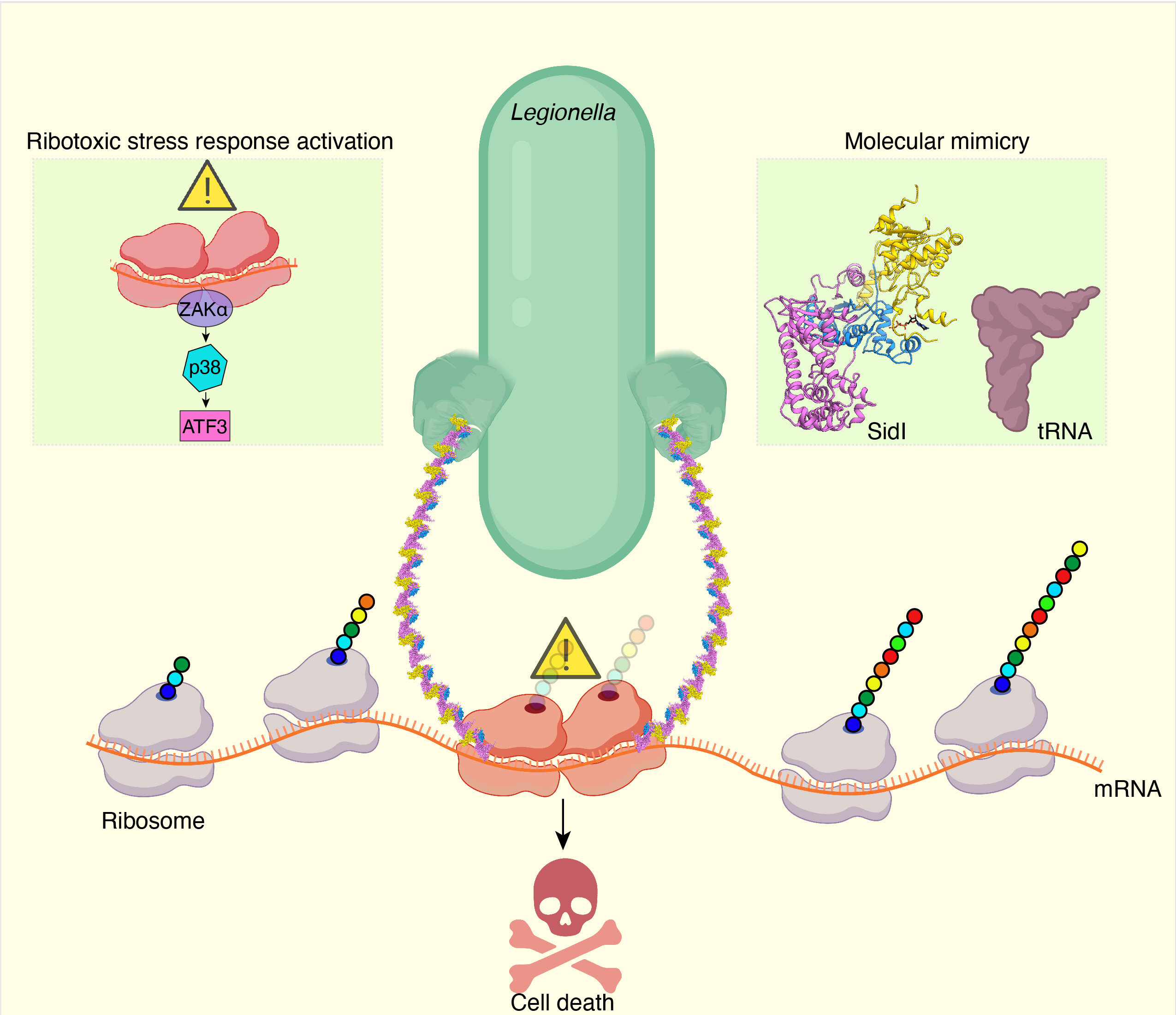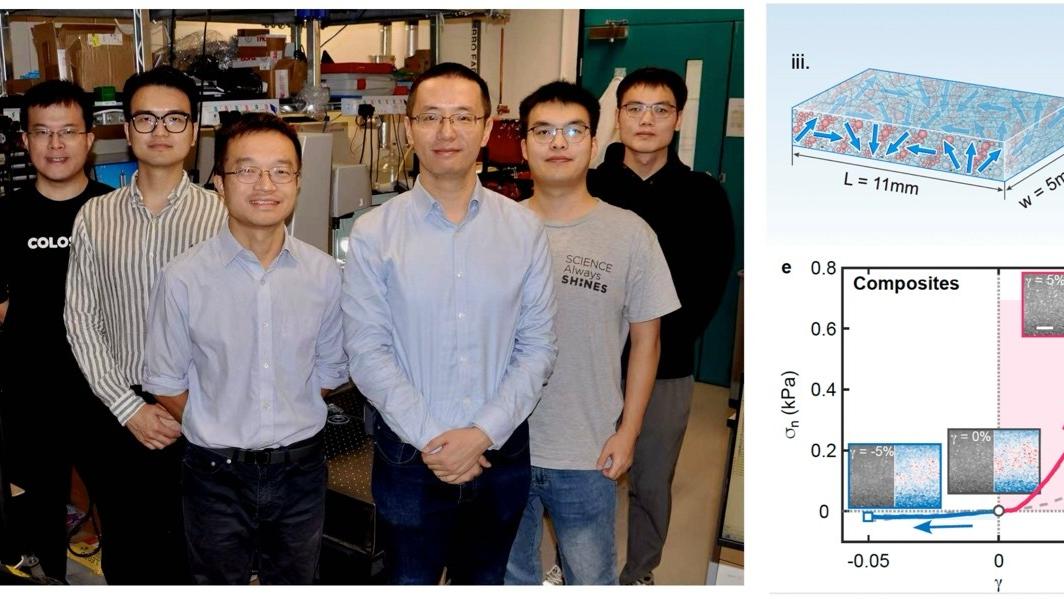Toxins from pathogenic microorganisms have long been used as precise molecular instruments to interrogate fundamental processes that occur within cells. The study by Prof. Lan Wang from the Division of Life Science at HKUST and Dr. Advait Subramanian from Altos Labs Inc. in California has discovered that the Legionella toxin, SidI, has joined the arsenal of nature's tools. The fundamental insights gained from their studies shed new light on the mechanisms by which pathogens employ molecular mimicry to hijack processes that are critical for monitoring optimal host cell function.
Through their elucidation of SidI's molecular mechanism, Prof. Wang and Dr. Subramanian have, in turn, uncovered critical signaling nodes of the stress response pathway that is activated downstream of colliding ribosome stress.
To learn more, please visit their article titled “How a pathogenic bacterium uses molecular mimicry to compromise a cell's protein building factory”, published on Phys.org on December 5, 2023.


